Get the CBSE Class 11th chemistry practical syllabus, marking scheme, and suggested projects for the visually impaired and normal students.
Table of Contents
The Chemistry Practical Class 11th is prepared to keep the students' higher education scope in a better position. Students aspiring to study in IITs, NITs, etc., will be in a good position to comprehend how practical learning is the actual learning because every theory is preposterous without it. This is why the article designed by the board is visionary and optimistic.
Subjects like science are always a matter of concern before the parents, teachers, and students. They have to ensure that the students learn to apply the theories that have been learned through the syllabus and the curriculum prepared by the board. Therefore, to fulfill this requirement, a practical assessment of students in the form of a subject is provided to the students to make sure that they learn the tools properly for conducting experiments and especially to pay attention to the craft of the discipline.
The marking scheme, syllabus for both normal and visually impaired students, and a list of suggested projects will be given in this article. Students are advised to peruse the article thoroughly for more information.
CBSE Class 11th Chemistry Practical Syllabus
The syllabus prepared by the board highlights the fundamental principles of applied chemistry and how it can be experimented with precision to achieve the outcome. It is a detailed syllabus making sure that the concepts are learned practically and to cover the curriculum or to fulfill the requirement imposed by the board.
A. Basic Laboratory Techniques
-
Cutting of glass tubes and glass rods
-
Bending of a glass tube
-
Drawn out of a glass jet
-
Boring a cork
B. Characterization and Purification of Chemical Substances
-
Determining the melting point of an organic compound.
-
Determining the boiling point of an organic compound.
-
Crystallizing impure samples of any one of the following: Copper Sulphate, Alum, Benzoic Acid.
C. Quantitative Evaluation
-
Use of a mechanical balance/electronic balance.
-
Prepare a standard solution for Oxalic acid.
-
Determining the strength of a given solution of Sodium hydroxide by titrating it against a stock solution of Oxalic acid.
-
Designing a standard solution for Sodium carbonate.
-
Determining the power of a given solution of hydrochloric acid by titrating it against a standard Sodium Carbonate solution.
D. Qualitative Analysis
-
Determination of one anion and one cation in a given saltCations- Pb2+, Cu2+, As3+, Al3+, Fe3+, Mn2+, Ni2+, Zn2+, Co2+, Ca2+, Sr2+, Ba2+, Mg2+, NH4 +Anions – (CO3)2- , S2-, NO2- , SO32-, SO2- , NO - , CI- , Br-, I-, PO43- , C2O2- ,CH3COO-(Note: Insoluble salts excluded)
-
Detection of - Sulphur, Nitrogen, Chlorine in organic compounds.
-
Project: Scientific investigations involving laboratory testing and collecting information from other sources.
Click Here to Download CBSE Class 11th Chemistry Practical Experiments PDF
Suggested Projects for Class 11th Chemistry Practical
To better understand chemistry practical for class 11th, it will be beneficial to practice these given experiments.
-
Check for bacterial contamination in drinking water by testing sulfide.
-
Study of the methods of purification of water.
-
Determine the rate of evaporation of different liquids.
-
Investigating the foaming capacity of varying washing soaps and the effect of adding sodium carbonate on them.
-
Study the acidity of different samples of tea leaves.
-
Study the acidity of fruit and vegetable juices.
-
Exploring the impact of acids and bases on the tensile strength of fibers.
Chemistry Practical Examination for the Visually Impaired Students of Class 11th
The board also prepares the syllabus for the visually impaired students, and the same guidelines and evaluation scheme for the visually impaired students as given for Class XII can be followed.
1. List of the Apparatus to Identify for the Assessment in Practicals (for all the experiments)
Tripod stand, Beaker, Wire gauze, funnel, glass rod, filter paper, test tube, Bunsen burner, test tube stand, test tube holder, dropper, ignition tube, tongs, china dish, tripod stand, funnel, wire gauze, standard ask, Bunsen burner, pipette, conical ask, burette, funnel, dropper, clamp stand, filter paper, and wash bottle.
- Procedure or Setup of the apparatus
- Odour detection in the qualitative analysis
2. List of the Experiments
- Characterization & Purification of the Chemical Substances Crystallization of an impure sample of any copper sulfate and benzoic acid. Experiments based on the pH.
- Determination of pH value of some solutions obtained from the fruit juices, solutions of the known and varied acid, bases, and salt concentrations using the pH paper.
- Comparison of the pH value of the solutions of strong and weak acids having the same concentration.
3. Chemical Equilibrium
- Study the equilibrium shift between the ferric and thiocyanate ions by either increasing or decreasing their concentration.
- Study the equilibrium shift [Co(H2O)₆] 2+ and the chloride ions by changing either of the ions' concentrations.
4. Quantitative Estimation
- Preparing the standard solution of oxalic acid.
- Determination of a given sodium hydroxide solution's molarity by titrating it against the standard solution of oxalic acid.
5. Qualitative Analysis
- Determination of one anion and cation in a given salt
- Cations - [NH]4 + and Anions - [CO3 ] 2- , [SO3 ] 2- , S2 - , CH3COO- , Cl - (Note: Here, we have excluded the insoluble salts)
- Halogen Detection in the given organic compound.
- Nitrogen Detection in the given organic compound.
CBSE Class 11th Chemistry Practical Syllabus with Marking Scheme
It is advised to the students to prepare for their projects as per the allotted marks and ensure that there is less exaggeration with precise details on the project. Below is the marking scheme for CBSE class 11th chemistry practical. This marking scheme will help you prepare effectively for the practical chemistry exam:
|
Evaluation Scheme for Examination |
Marks (Term 1) |
Marks (Term 2) |
|
Volumetric Analysis |
04 |
04 |
|
Salt Analysis |
04 |
04 |
|
Content Based Experiment |
02 |
02 |
|
Class Record and Viva |
05 |
05 |
|
Total |
15 |
15 |
Read More on CBSE Board

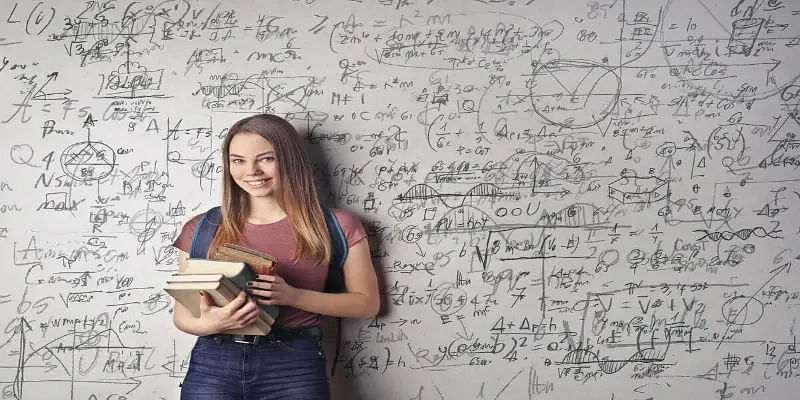


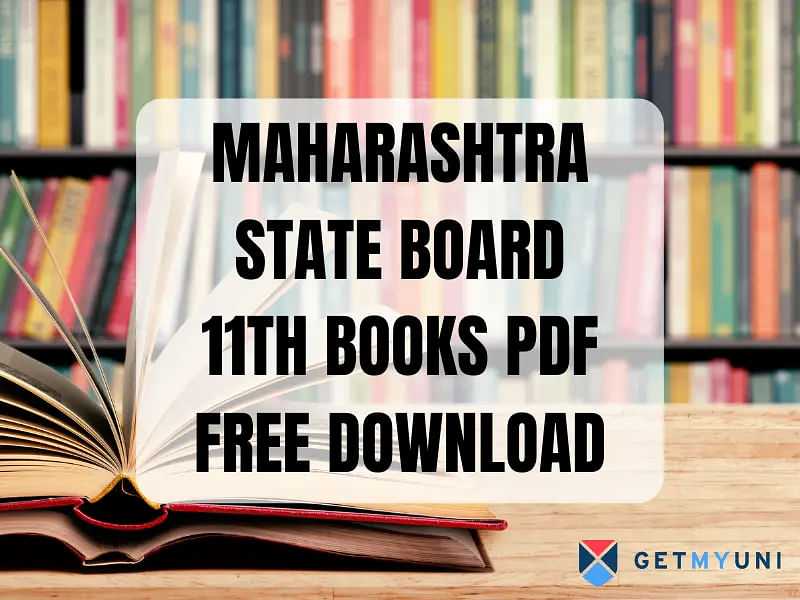

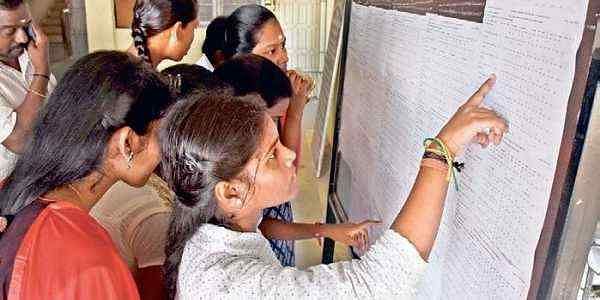

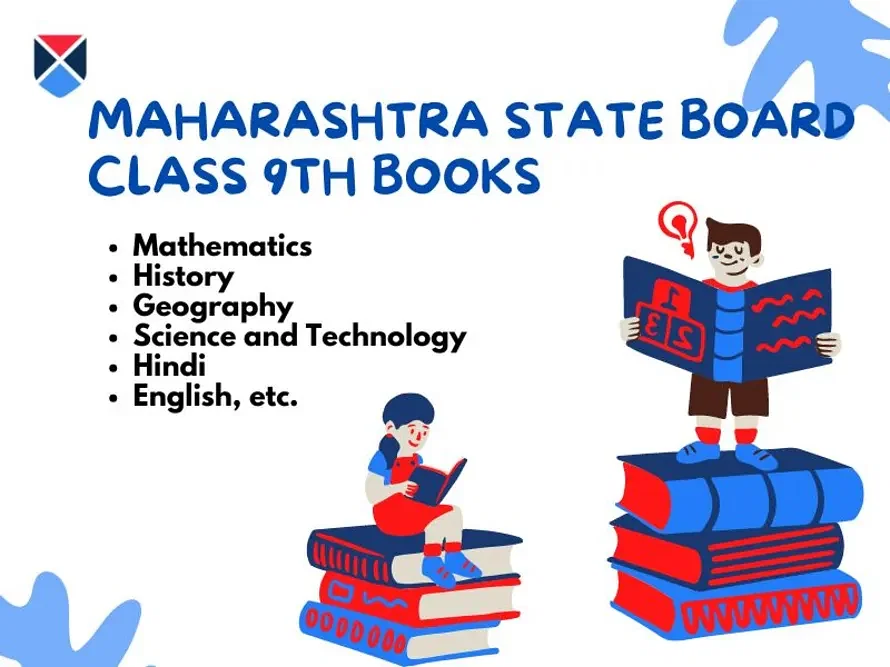






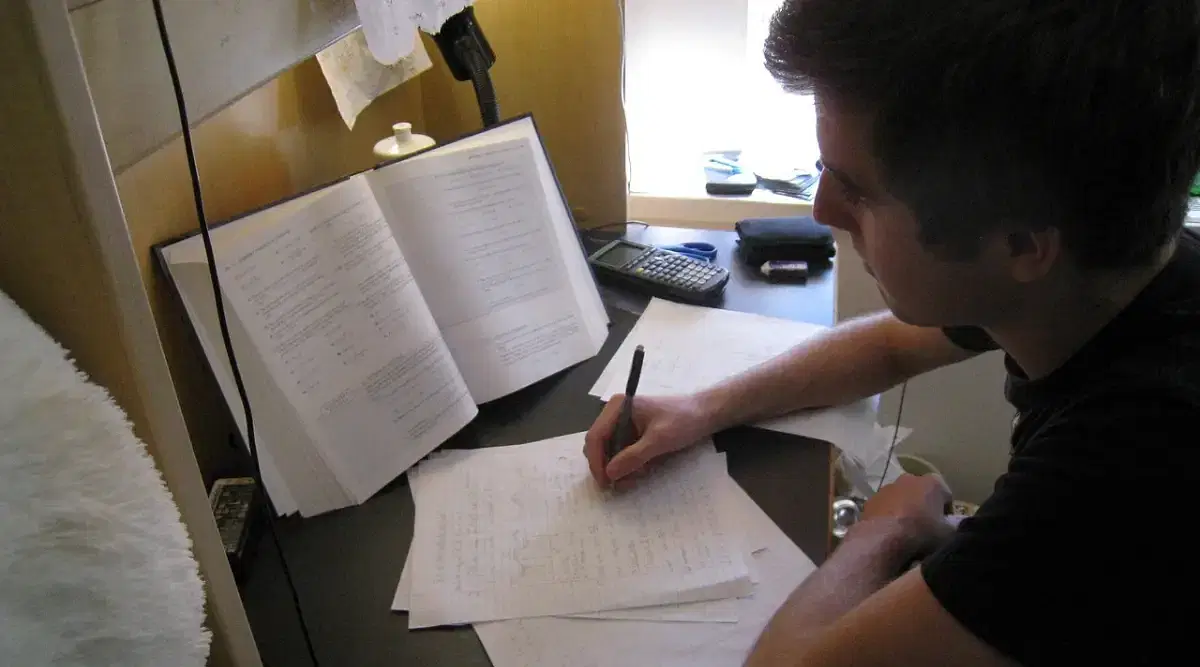










POST YOUR COMMENT